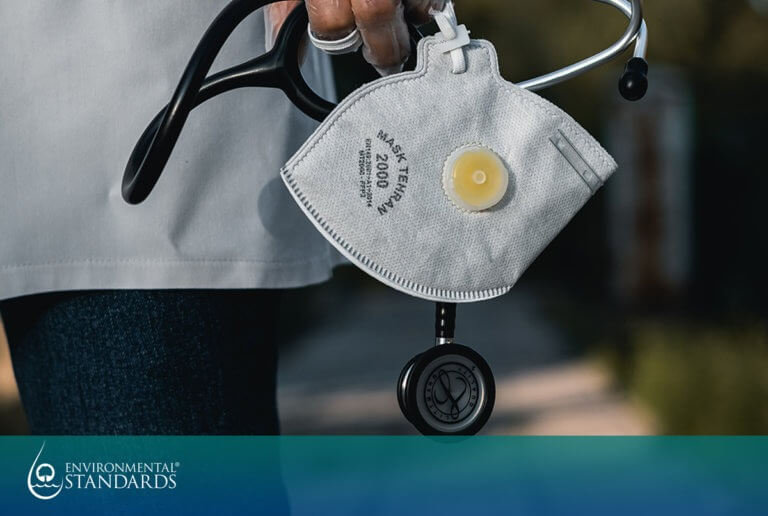
OSHA Taking Respiratory Protection Seriously During Pandemic
On July 21, 2020, OSHA cited two healthcare facilities for failing to protect employees from COVID-19. The initial rapid spread of the coronavirus may have slowed down the quantity of workplace inspections by OSHA, but with easing restrictions from states and reopening of businesses, OSHA is looking to increase its on-site and remote inspections.
In areas with decreased cases, OSHA will begin to return to its pre-COVID-19 inspection process. In areas with sustained or elevated cases, OSHA will focus on high-risk areas and COVID-19-related fatalities. When we think of high risk, we think of the frontline workers who have a greater risk of being directly exposed to the virus. Frontline workers include medical personnel, transportation staff, restaurant and dining staff, and law enforcement just to name a few.
Whether in a high- or low-risk environment, all employers have the responsibility to protect their employees from the hazard that is COVID-19. The most common mode of transmission occurs when the respiratory droplets produced by an infected person enter the respiratory tract of another person. With this being the most common mode of transmission, effective respiratory protection is one of the most vital control measures.
Respiratory protection comes in many different forms, but the focus for protection against COVID-19 is masks/face coverings and N95 respirators. Although it may seem like masks and N95 respirators provide the same protection, it is important to understand the difference. Surgical masks or face coverings are designed to provide barrier protection against droplets including large respiratory particles. N95 respirators are designed to filter out particulates from entering your respiratory tract, such as airborne respiratory particulates. The N95 provides much better protection from hazards because it provides a tight seal around the nose and mouth, blocking small particles from slipping through the respirator and into your nose or mouth. N95 respirators have been the most effective choice of respiratory protection for high-hazard occupations because they provide adequate protection and a comfortable fit for the user compared to other higher-level respirators.
If an employer requires the use of a tight-fitting respirator such as the N95, or the employee chooses to voluntarily wear a tight-fitting respirator, the employer is required to have a respiratory protection program. Respiratory protection programs require a written plan/policy, medical evaluation, fit testing, and training. It may seem like overkill at times, but employees must be cleared to safely perform work duties while wearing respiratory protection. If a respirator does not fit properly, a tight seal may not be maintained, and exposure may occur. Simply handing over respirators to employees may seem like adequate control measure, but it does not end there. OSHA will ensure that your respiratory protection program and other environmental, health and safety (EHS) programs are compliant on all levels. It is best to get ahead of the game and evaluate programs to avoid potential fines and, more importantly, to protect your employees.
Environmental Standards provides health and safety support in the form of facility auditing, gap assessments, EHS program development and review, and training. Unsure whether your respiratory protection program is compliant? Our Team of expert EHS professionals can help. For more information on the EHS services we offer, or questions please contact Cody Dye.

